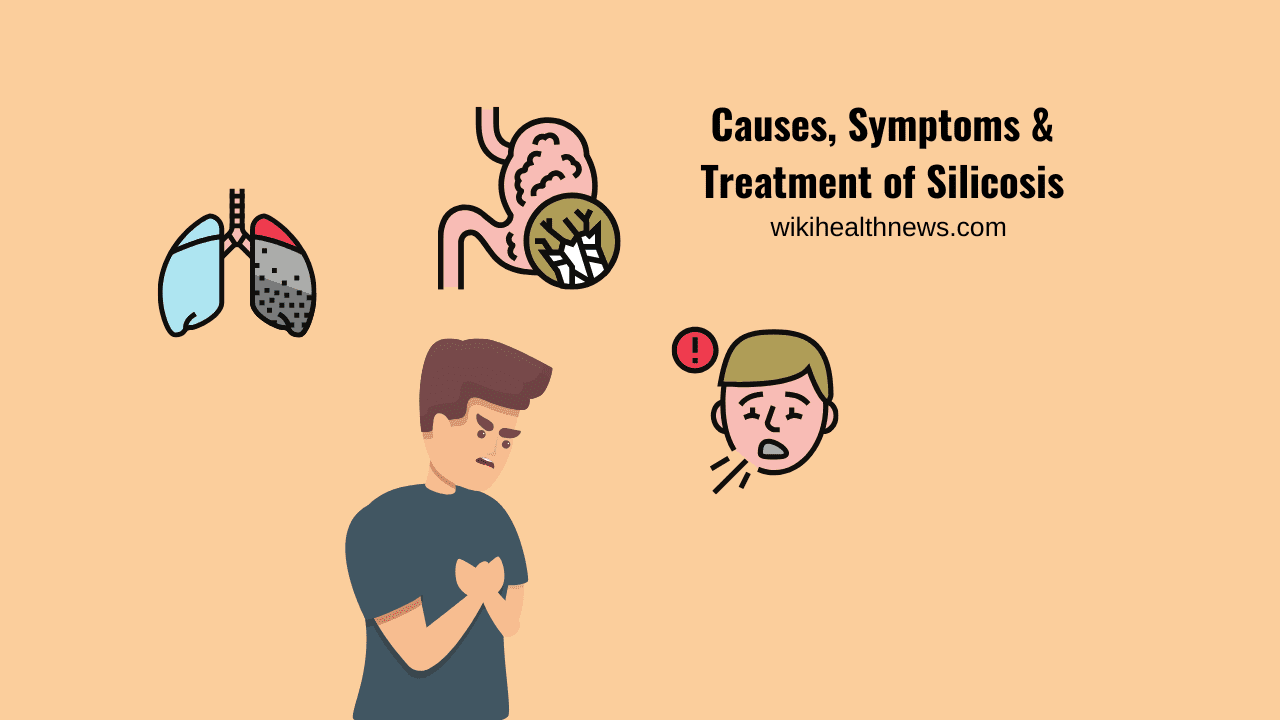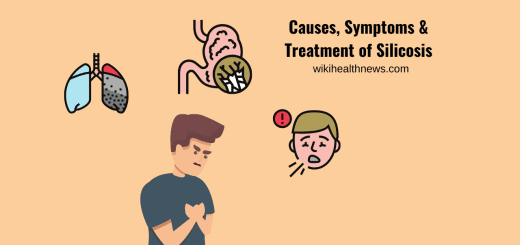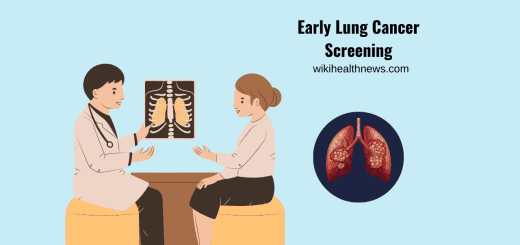Understanding Silicosis: Causes, Symptoms, Diagnosis, Treatment, and Prevention

Silicosis is a serious and potentially life-threatening lung disease caused by the inhalation of fine silica dust. Often associated with industries like mining, construction, and manufacturing, silicosis affects the lungs by triggering inflammation and scarring, leading to progressive respiratory complications. This article explores the causes, symptoms, diagnosis, treatment, and prevention of silicosis to help raise awareness about this preventable but dangerous occupational disease.
What is Silicosis?
Silicosis is a form of pneumoconiosis, a group of lung diseases caused by inhaling harmful particles. The condition is caused specifically by exposure to fine particles of crystalline silica, a mineral found in rocks, sand, and soil. When these particles are inhaled over long periods, they can cause lung tissue damage, leading to fibrosis (scarring) and a reduced ability to breathe. Silicosis is categorized into three types: chronic, accelerated, and acute, each differing in severity and onset.
Causes of Silicosis
The primary cause of silicosis is prolonged inhalation of silica dust, which occurs in certain work environments, particularly in jobs that involve the cutting, grinding, or drilling of materials containing silica. Some common industries where silicosis is prevalent include:
- Mining – Workers who extract materials like coal, gold, or other minerals may inhale silica dust during mining operations.
- Construction – Cutting, grinding, or demolishing concrete and stone structures releases significant amounts of silica dust.
- Manufacturing – Certain manufacturing processes, such as brick-making, stone-cutting, and glass-blowing, expose workers to silica dust.
- Agriculture – Agricultural workers who handle soil and materials that contain silica may also be at risk, particularly if they work in dry conditions or with certain machinery.
Silica particles are extremely small (less than 10 microns in diameter) and can remain airborne for long periods, making them easy to inhale. Once inhaled, these particles can penetrate deep into the lungs, where they cause chronic inflammation and eventually scarring.
Types of Silicosis
There are three main types of silicosis, classified based on the severity and speed at which the disease develops:
- Chronic Silicosis
This is the most common form, typically developing after 10 to 20 years of low to moderate exposure to silica dust. Chronic silicosis progresses slowly, and symptoms may not appear until many years after the exposure has stopped. - Accelerated Silicosis
This form occurs after 5 to 10 years of heavy exposure to silica dust. It is more aggressive than chronic silicosis and can cause symptoms to appear much sooner. - Acute Silicosis
The rarest form of the disease, acute silicosis, develops within a few months to 2 years of very high levels of silica exposure. This form of silicosis progresses rapidly and can lead to severe respiratory failure in a short period.
Symptoms of Silicosis
The symptoms of silicosis can vary depending on the severity of the disease and the type of silicosis. In the early stages, a person may not experience any symptoms, but as the disease progresses, the following signs may appear:
- Persistent cough – Often dry, but can develop into a productive cough over time.
- Shortness of breath – Difficulty breathing, especially during physical activity.
- Fatigue – A general feeling of tiredness or weakness.
- Chest pain – Discomfort or pain in the chest, especially when coughing or breathing deeply.
- Wheezing – A high-pitched whistling sound when breathing, indicating airway obstruction.
- Bluish skin – Cyanosis, a bluish tint to the skin, especially around the lips or fingertips, can occur due to a lack of oxygen in the blood.
In advanced cases, silicosis can lead to complications like lung infections, pulmonary hypertension, and respiratory failure, all of which can be fatal.
Diagnosis of Silicosis
Early diagnosis of silicosis is essential for managing the disease and preventing further damage to the lungs. The diagnosis typically involves the following steps:
- Medical History – A healthcare provider will ask about the person’s work history, exposure to silica dust, and symptoms.
- Physical Examination – A doctor will listen to the lungs for abnormal sounds such as wheezing or crackles.
- Chest X-ray – The most common imaging test used to detect lung changes caused by silicosis. X-rays may show areas of lung scarring or nodules.
- CT Scan – A more detailed imaging test that provides clearer pictures of the lungs and can detect early-stage disease that might not show up on an X-ray.
- Pulmonary Function Tests – These tests assess lung capacity and how well the lungs are functioning.
- Bronchoscopy – In some cases, a doctor may use a bronchoscope to examine the lungs and obtain samples of lung tissue for further analysis.
Treatment of Silicosis
There is no cure for silicosis, and once lung damage has occurred, it is irreversible. However, treatment options focus on managing symptoms, preventing complications, and improving quality of life. Treatment may include:
- Medications – Doctors may prescribe medications to control symptoms such as inflammation or infections. Steroids, antibiotics, and bronchodilators are common prescriptions.
- Oxygen Therapy – In cases of severe lung damage, supplemental oxygen may be required to help with breathing.
- Pulmonary Rehabilitation – This program includes exercise, breathing techniques, and nutritional counseling to help improve lung function and quality of life.
- Lung Transplant – In extreme cases, a lung transplant may be considered if respiratory failure occurs.
The best approach to silicosis, however, is prevention. Once the damage to the lungs is done, it cannot be undone, so avoiding further exposure to silica dust is crucial.
Prevention of Silicosis
Preventing silicosis involves reducing exposure to silica dust in the workplace. Several measures can help:
- Workplace Controls – Employers should implement engineering controls, such as ventilation systems, to reduce silica dust levels.
- Personal Protective Equipment (PPE) – Workers should wear appropriate PPE, including respirators that filter out silica dust.
- Regular Monitoring – Employers should monitor dust levels in the workplace and ensure that they are within safe limits.
- Health Surveillance – Regular medical check-ups and chest X-rays can help detect the early stages of silicosis before symptoms appear.
- Education and Training – Workers should be educated about the dangers of silica exposure and trained in safe work practices.
Conclusion
Silicosis remains a significant health risk for workers in various industries, but with proper precautions and awareness, it is a preventable disease. Early detection, medical management, and workplace safety measures are key to protecting workers from the harmful effects of silica dust. If you work in an industry where silica exposure is a concern, take proactive steps to safeguard your health by following safety protocols and getting regular medical check-ups.
By raising awareness about silicosis, we can help prevent more workers from developing this debilitating disease and ensure that proper measures are in place to protect future generations from harm.
Read more











